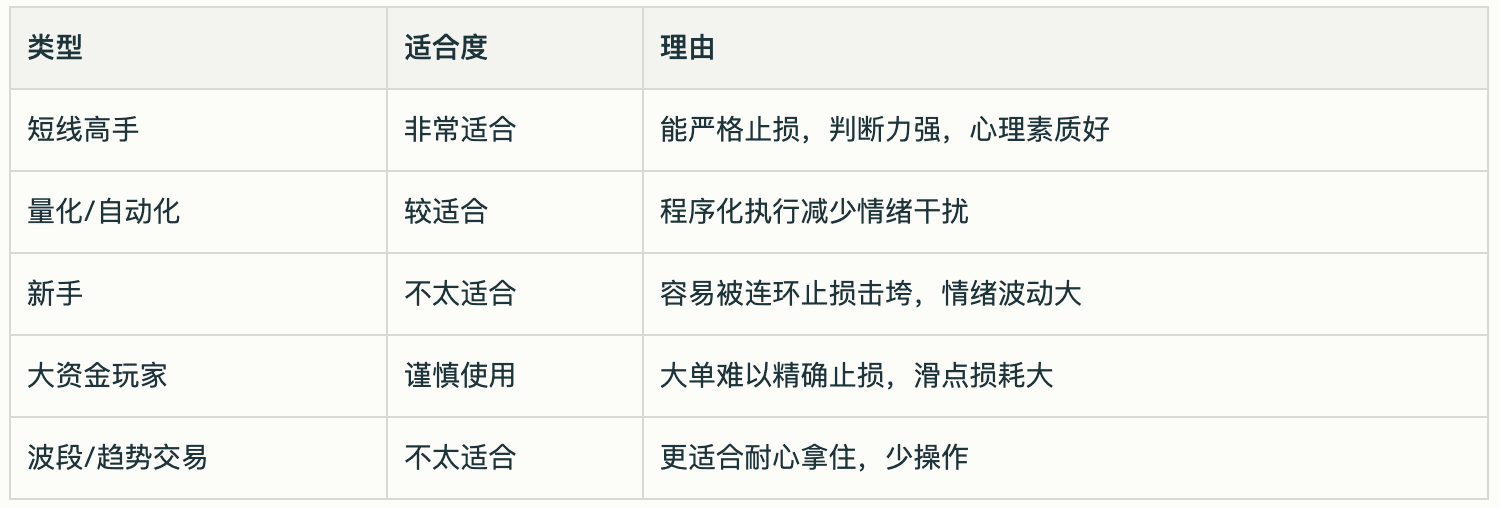Who is going crazy trying to make money! Today, let's talk about ways to make money in the cryptocurrency circle. I heard it can yield big profits with small investments, which I simply call the 'ultra-narrow stop-loss bottom testing technique'—using small losses to earn big gains, achieving steady profits.
Here's the thing: I've recently discovered that many experts enjoy a playstyle called 'ultra-narrow stop-loss repeated bottom testing.' In simple terms, it's about buying in and setting very tight stop-losses (1%-2%). When the market drops, they cut losses and exit, then wait for a signal to re-enter, repeatedly testing until they catch that big rebound. They also use small positions, not entering all at once, but waiting to find the right support level to place orders.
This sounds pretty difficult, with its pros and cons:
The benefits of this playstyle:
Risk is controllable, and losses are small.
Each stop-loss is very small, so the account won't be wiped out by a single large order, demonstrating strong risk tolerance.Improve the profit-loss ratio.
Although small losses are common, the occasional large rebound profits often cover multiple small stop-losses, resulting in greater gains.Suitable for oscillating bottom-building periods.
When the market fluctuates up and down, this strategy of repeatedly testing the bottom can help you find more precise buying points.Strong discipline reduces emotional impact.
As long as you strictly execute stop-losses to avoid large losses, the psychological burden is lighter, allowing you to persist and wait for rebound opportunities.
But there are also many challenges:
Continuous stop-losses are very common.
When encountering false breakouts or severe fluctuations, frequent stop-losses can lead to invisible 'killers' like transaction fees and slippage.There are significant tests for execution and psychological resilience.
Continuous stop-losses can be demoralizing; when the mindset collapses, it is easy to make erratic trades, such as over-leveraging or abandoning the strategy.When the market is in a one-sided downturn, losses accumulate quickly.
When the bottom keeps moving downwards, repeated testing can turn into counter-trend trading, resulting in wear and tear like 'sawing wood.'Suitable for markets with good liquidity.
Cryptocurrencies with poor liquidity or large spreads are easily swept away, making them unsuitable for ultra-narrow stop-losses.
Who is it suitable for?

Is this market environment usable now?
The crypto market is highly volatile, with active local hotspots, and oscillating repeatedly, making the strategy useful.
However, with frequent false breakouts, one must learn to identify true and false market movements to avoid being repeatedly 'harvested.'
Choosing cryptocurrencies with good liquidity and active trading will yield better results.
Summary of recommendations.
Strictly enforce stop-loss discipline, treating losses as costs.
Control position sizes and trial-and-error frequency to prevent exhausting the principal.
Select target varieties with deep liquidity and activity.
Can be combined with AI or quantitative strategies to reduce emotional impact.
This playstyle is not suitable for beginners who are eager for quick success, but for short-term experts with strong execution, good patience, and a stable mindset, it is an effective tool for seizing large wave rebounds.
Do you enjoy my sharing? Remember to follow me~ I share more market information with you every day.#名人MEME热潮 #BNB创新高



